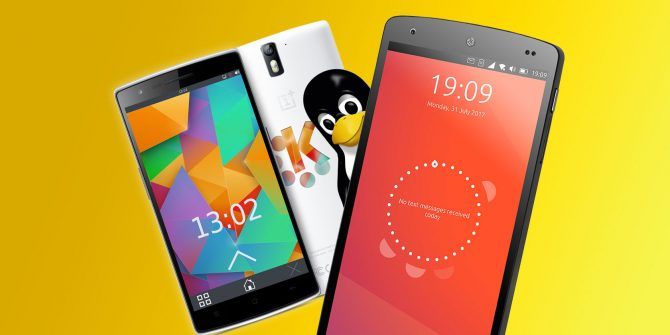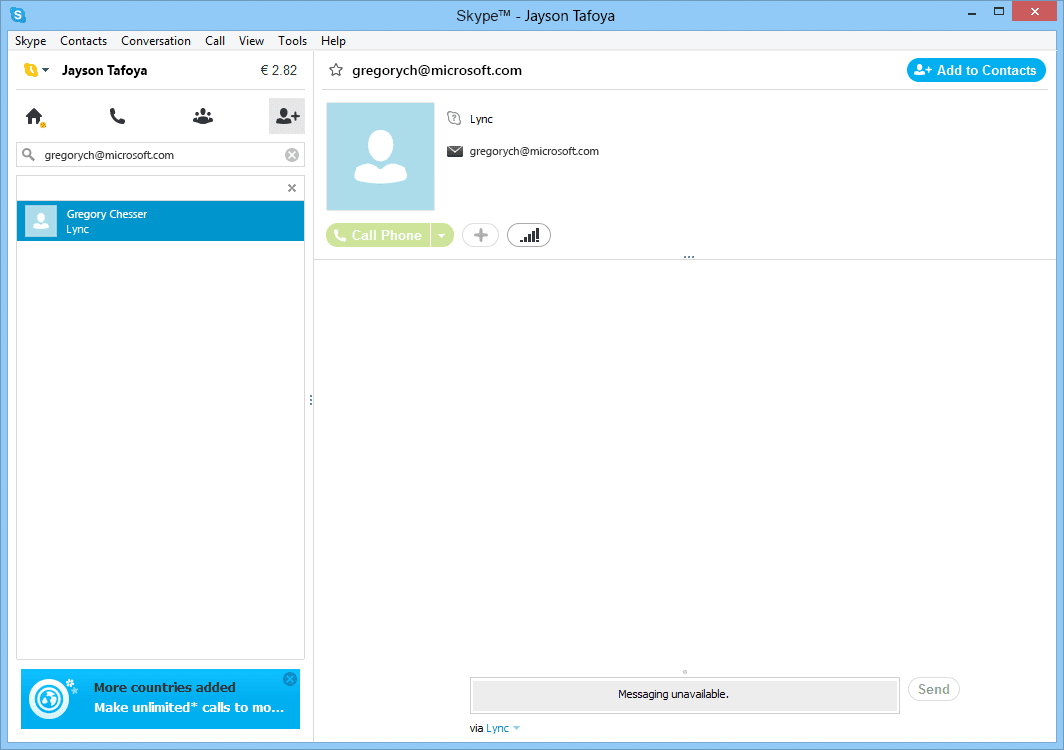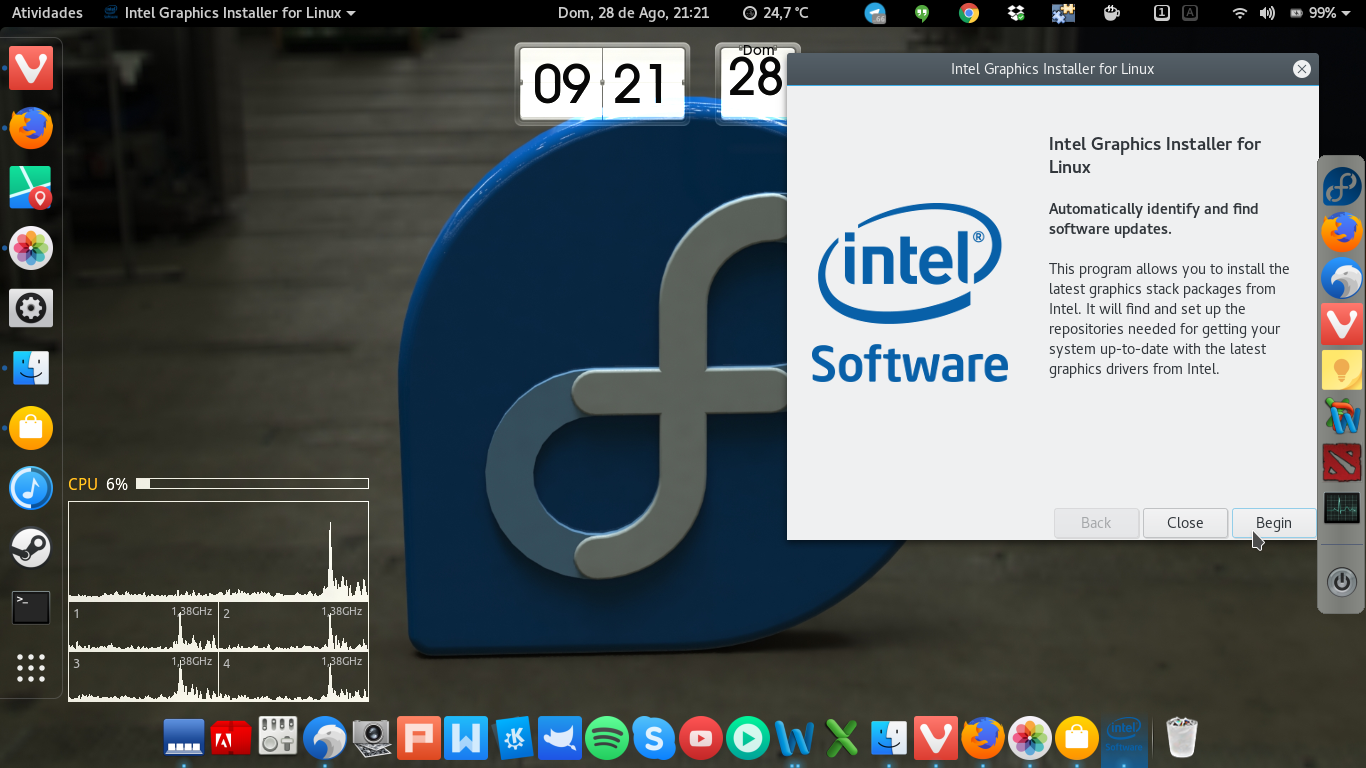The installer supports practically any operating system, but it’s most compatible with the Windows and Linux distributions highlighted in previous paragraphs due to their ease-of-use. On one hand, Windows is the most widely-used operating system in the world and is familiar to almost everyone.
He and friends went to Tokyo to attend Raimon-chuu (Raimon Junior High) to play soccer. However, in order to maintain the game's quality, Level-5 has gone forward with bringing the development back in-house.The game will still be based on the Ares no Tenbin drama story, but Level-5 is adding story episodes featuring characters from past games — hence, the title change.The soccer role-playing game was planned for the PlayStation 4, Switch, iOS, and Android platforms. The story was set after the first Inazuma Eleven anime and game. Inazuma eleven ares game online. The game was originally slated for summer 2018, but was to fall 2018, then to winter 2018, and then to a general 2019 release date before this latest delay.In the story of both the anime and the initial game concept, protagonist Asuto Inamori's soccer club was disbanded after the school's soccer field was destroyed.
Boot into the Live CD or Live USB.If you are running Linux or Mac OS X, you will need to create an Endless USB Stick to try a live version of Endless OS or reformat compatible computers. To begin, download an ISO of the version you’d like to try and read how to create a USB stick using this image. Download Ubuntu desktop and replace your current operating system whether it’s Windows or Mac OS, or, run Ubuntu alongside it.
Most computers are set to boot into the hard drive first, which means you will need to change some settings to boot from your newly-burned CD or USB. Start by rebooting the computer.- Once the computer reboots, press the key used to enter the boot menu. The key for your system will be displayed on the same screen as the manufacturer’s logo. Typical keys include F12, F2, or Del.
- For Windows 8 users, hold the Shift key and click restart. This will load the Advanced Startup Options, where you can boot from CD.
- For Windows 10 users, go to advanced boot in settings and click 'Restart Now.'
- If your computer doesn't give you direct access to the boot menu from the manufacturer's splash screen, it's most likely hidden in the BIOS menu. You can access the BIOS menu in the same way that you would get to the boot menu. At the manufacturer splash screen, the key should be listed in one of the bottom corners.
- Once you're in the boot menu, select your live CD or USB. Once you’ve changed the settings, save and exit the BIOS setup or boot menu. Your computer will continue with the boot process.
Nothing makes me happier than resurrecting an old, slow, useless Windows PC by installing Linux on it.
Download Linux Os For Pc

The result is a system that will almost always run faster, with almost zero chance of malware infections, and that affords all the computing basics. (Many of the latest computing advances, too.)
Before you begin, read my tips on choosing a Linux distro, arguably the most challenging part of the equation (if only because there are so many). Once you've made that decision, all that's left is to actually install the operating system.
Choose a boot option
But, first: This is a proceed-at-your-own-risk tutorial. Also, note that I'll be referring to the old PC as the 'destination system.'
Here's the overall process in a nutshell:
- Step one: Download a Linux OS. (I recommend doing this, and all subsequent steps, on your current PC, not the destination system. Although the latter is an option if it's malware-free and in decent working order, everything will get done faster and more easily on your primary machine.)
- Step two: Create a bootable CD/DVD or USB flash drive.
- Step three: Boot that media on the destination system, then make a few decisions regarding the installation.
The first part is easy: Just download Linux from Mint or Ubuntu or whatever site hosts the version you want. That download will likely consist of a single ISO file. Note: An older computer may have a 32-bit processor, which won't work with 64-bit versions of Linux.
The second part -- creating boot media -- requires a little thought. The fastest, easiest method is to use a flash drive, even if the destination system has a CD/DVD drive. Indeed, the only reason not to go the flash-drive route is if the destination system won't boot (or boot properly) from one. (I've encountered this problem a few times, even after tweaking the BIOS boot settings and actually selecting 'USB drive' from a pop-up boot menu.)

My advice: Try a flash drive first. If it doesn't work, you can always use that same ISO file to create a bootable CD later.
How big a drive do you need? It depends on the size of the Linux distro. The latest versions of Mint and Ubuntu run about 1.8GB and 1.5GB, respectively, so a 2GB drive should suffice. Make sure it doesn't contain any important data, as it'll need to get wiped as part of this procedure.
Build your boot drive
Once you've downloaded your Linux ISO, you'll need a utility that can create a bootable flash drive. I'm partial to Rufus, which is fast, free and easy to use. Download the portable version; there's no need to actually install it, because most likely you'll just run it once.
Step 1: Plug in your flash drive (ignoring or closing any prompts that pop up), then run the Rufus utility.
Linux Os Installer Download For Pc Version 3 7 0
Step 2: In the Device field, at the very top, make sure your flash drive is the one selected. If not, click the pull-down and select it.
Step 3: Near the checkbox marked 'Create a bootable disk using,' click the little disk icon and navigate to the Linux ISO file you downloaded. It's most likely in your Downloads folder. Click it, then click Open.
Step 4: If you like, you can change the 'New volume label' field to something like 'Linux,' but it's not necessary. Help with windows media player cd drive. Click Start, then wait while the drive is formatted and the ISO installed.
Get ready to boot
Now it's time to turn your attention to the destination system. It doesn't matter what condition it's in or even if it's riddled with malware; you just need it to be able to boot from a flash drive.
That may mean venturing into the BIOS and changing the boot order, which by default almost certainly puts the hard drive first. Some systems do offer a pop-up boot menu that lets you choose what device to boot from without having to monkey with the settings. If yours does, count yourself lucky.
https://richnin.netlify.app/office-suite-pro-free-download.html. Ability to password-protect your valuable files. Advanced PDF security and certification options, including complete support for digital signatures and encryption. Real split-screen performance and complete support for operations between modules and multiple opened documents. OfficeSuite - Office Editor is a complete office solution with powerful modules for editing Documents, Presentations and Spreadsheets, and an integrated Mail Client. PDF conversion of your documents, spreadsheets, and presentations.
For example, I did some testing with a years-old HP Pavilion dm1z. When you first power it on, there's no boot menu -- just a blank screen and then the Windows startup screen. So I did a quick web search for 'Pavilion dm1z boot menu' and learned that I need to press either F1 or F10 immediately after powering on the machine. (Turns out it was F10.)
You can change the values in the Windows 10 calculations in your history. Microsoft calculator plus windows 10 download.
That's pretty common, though based on past experience, it might also be F2, F9, F12 or even the Delete key. Depends on the system.
Once you've found your way into the BIOS, find the boot or startup menu and make sure 'flash drive' or 'USB drive' is first in the boot order. Then save and exit (usually by pressing F10, but, again, this varies).
One OS or two?
As you probably know already, Linux can boot and run right from the flash drive -- no actual installation required. That's a great way to test-drive a distro, but this tutorial is about installing the OS, so let's focus on that option.

The big decision you'll need to make is whether you want to install Linux alongside your existing OS, which would result in a dual-boot setup, or reformat the hard drive and run only Linux. The former is worth considering if the system has a large drive and can easily accommodate both operating systems, or you still have need for Windows.
This following instructions may vary a bit from one distro to the next, but they're based on my installation of Linux Mint.
Step one: Boot from the flash drive directly into Linux.
Step two: Double-click the Install Linux icon on the desktop.
Step three: Make any requested selections regarding language, installation of third-party software and so on. Then choose your OS installation preference: alongside the existing OS or erase-and-install.
Linux Os Installer Download Windows 7
After you make your choice, just sit back and wait while Linux does its thing. The installation might take some time, especially if the computer is on the older, slower side.
Linux Os Installer Free Download
Now that you're up and running, hit the comments and let us know which Linux distro you chose and how the installation went!